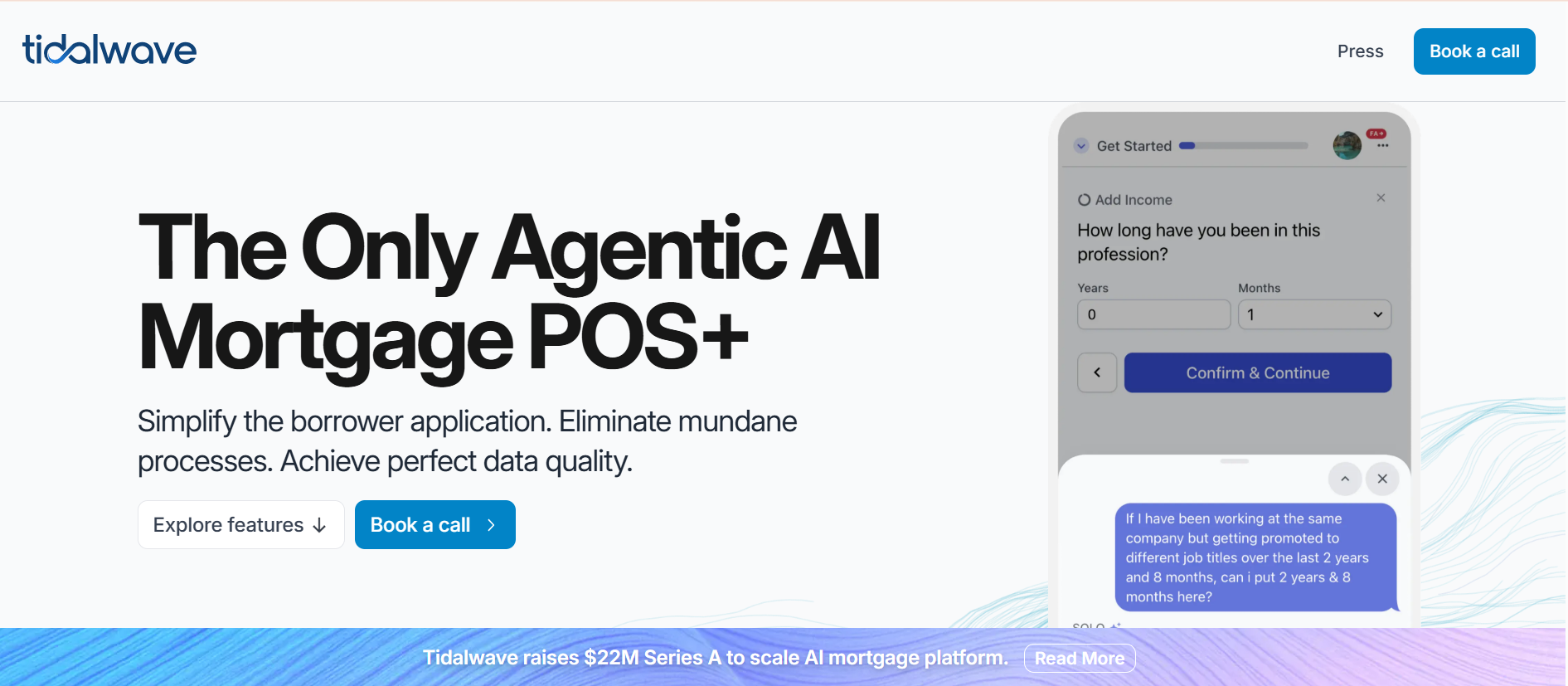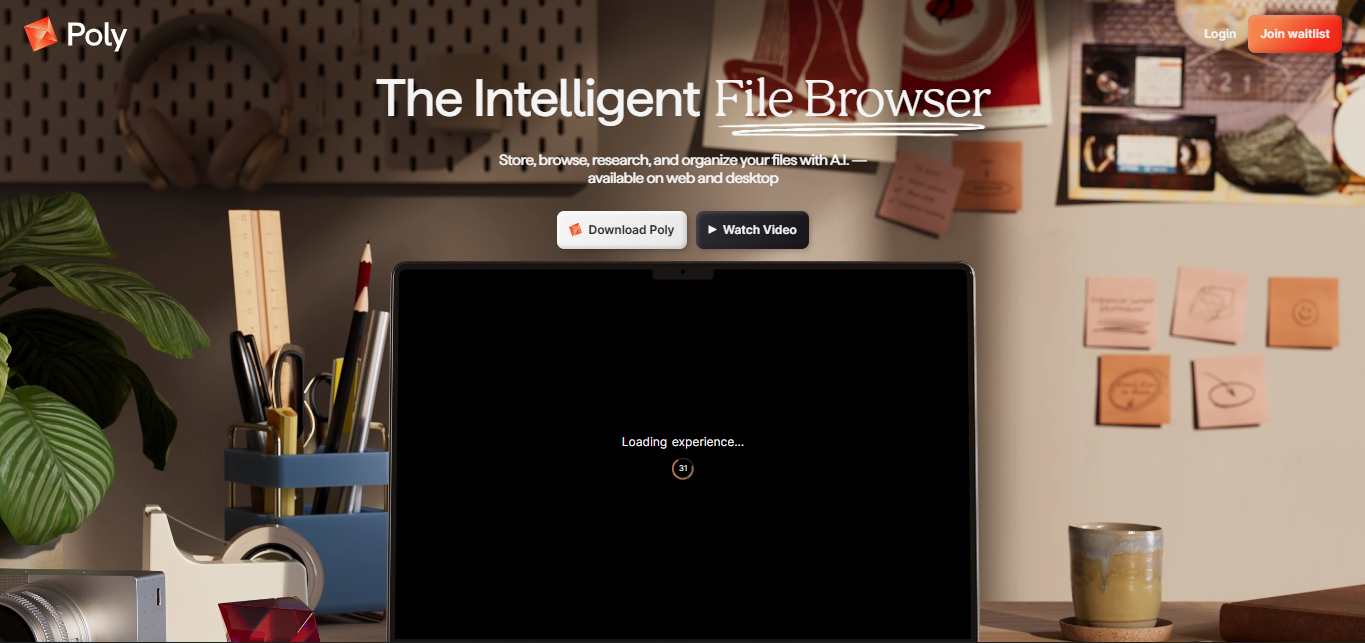Nitricity Secures $50M Series B to Revolutionize Fertilizer with Clean, On-Site Production
September 16, 2025
byFenoms Start-Ups

The fertilizer industry has long been plagued by a paradox: it fuels the world’s food supply but remains one of the largest emitters of greenhouse gases. Today, Nitricity, a Fremont-based startup, is rewriting that equation. The company has raised $50 million in Series B funding, backed by Fine Structure Ventures and Berlin-based World Fund, to accelerate the deployment of its clean fertilizer technology.
With its bold promise - “organic fertilizer that doesn’t stink” - Nitricity is pushing agriculture into a new era where sustainability and scalability can finally coexist.
The Problem Fertilizer Can’t Hide Anymore
Traditional fertilizer production is energy-intensive, centralized, and heavily reliant on fossil fuels. The Haber-Bosch process, the century-old method still used today, consumes nearly 2% of global energy and emits over 450 million tons of CO₂ annually.
Worse, fertilizers often need to be transported across continents, adding logistical inefficiencies and supply chain vulnerabilities. Farmers feel this pain directly in rising input costs, while the environment bears the brunt of nitrate pollution, water contamination, and greenhouse gas emissions.
This dual challenge of sustainability and affordability has opened the door for innovation - and Nitricity is stepping through it.
Nitricity’s Breakthrough: Fertilizer Made on the Farm
Nitricity’s solution is deceptively simple: use renewable electricity to create nitrogen-based fertilizer on-site at farms. By bypassing centralized production, transportation costs vanish, emissions shrink, and farmers gain greater independence.
The company uses a proprietary process that harnesses air, water, and electricity to produce nitric acid, the base of many fertilizers. This method allows for modular, distributed fertilizer generation, which can scale with farms of all sizes.
The Series B raise will allow Nitricity to expand pilot programs, deploy larger-scale systems, and position itself as a leader in what could become the future standard for fertilizer production.
The Founder’s Vision
Co-founder Nicolas Pinkowski has been vocal about his mission: “We’re solving one of agriculture’s biggest paradoxes - feeding the world without destroying it.”
Pinkowski, along with his team of scientists and engineers, is building toward a future where fertilizer production is localized, emission-free, and farmer-first. Their strategy is to prove, at scale, that sustainability doesn’t have to mean compromise - it can mean better economics, stronger resilience, and healthier ecosystems.
Why Investors Are Betting Big
The involvement of Fine Structure Ventures (Boston) and World Fund (Berlin) signals strong conviction from both U.S. and European markets. These investors aren’t just funding a cleantech company - they’re backing a potential agricultural infrastructure shift.
World Fund, in particular, has been doubling down on climate-positive investments, and Nitricity’s tech directly aligns with their thesis of reducing CO₂ emissions at massive scale. The fact that fertilizer is responsible for such a large portion of global emissions makes this a high-leverage bet.
Founders Should Pay Attention: The Fertilizer Model Has Lessons
Here’s a deeper insight many founders overlook: Nitricity’s innovation isn’t only technological - it’s structural.
Instead of competing with incumbents on centralized production, they reframed the entire system. By changing the location of production (on-site at farms), Nitricity avoided head-to-head battles with giants and created new market leverage.
This is a powerful lesson: sometimes the way to disrupt entrenched industries isn’t to replace their product - it’s to redesign the distribution and infrastructure model around it. For founders in any sector, the question becomes: what if the real innovation isn’t the product itself, but where and how it’s delivered?
That’s how Nitricity positioned itself not as “another fertilizer company” but as the platform layer of the decentralized fertilizer future.
A Booming Market for Clean Agriculture
Nitricity’s raise also comes at a critical inflection point for the global fertilizer market. According to MarketsandMarkets, the fertilizer industry is projected to grow from $193 billion in 2024 to $240 billion by 2030, driven by population growth and food demand.
But here’s the catch: over 60% of global consumers say sustainability impacts their food choices (Deloitte 2025 survey). Farmers and agribusinesses are under pressure to adopt cleaner practices, both from regulators and from downstream buyers like food companies.
Additionally, governments are tightening emissions standards. The EU’s Green Deal and the U.S. Inflation Reduction Act both include incentives for sustainable agricultural inputs. These trends are creating fertile ground (pun intended) for climate-smart fertilizers like Nitricity’s.
The Road Ahead
The $50M infusion will help Nitricity move from promising pilots to full commercialization. Key priorities include:
- Scaling production to serve large commercial farms
- Expanding partnerships with agribusiness distributors
- Driving down costs to achieve parity (or superiority) with conventional fertilizer
- Positioning itself as a cornerstone in climate-smart agriculture policies
If successful, Nitricity won’t just carve out market share - it could reshape the economics of food production globally.
The Bigger Picture: Fertilizer as Climate Tech
What makes Nitricity stand out is how it reframes fertilizer from an agricultural commodity to a climate technology. Its modular production units aren’t just serving farmers; they’re potential nodes in a distributed clean energy network.
This opens doors far beyond agriculture: carbon markets, energy partnerships, and even integration with renewable microgrids. In short, Nitricity is not just solving farming’s fertilizer problem - it’s building infrastructure for a decarbonized future.
Conclusion
Nitricity’s $50M Series B is more than a funding milestone. It’s a signal that the future of farming may be cleaner, more local, and far less dependent on fossil fuels. For farmers, it could mean cheaper and more reliable inputs. For the planet, it’s a step toward cutting hundreds of millions of tons of emissions. And for founders, it’s a masterclass in how to innovate not just through technology, but through strategic reframing of an industry’s operating model.









